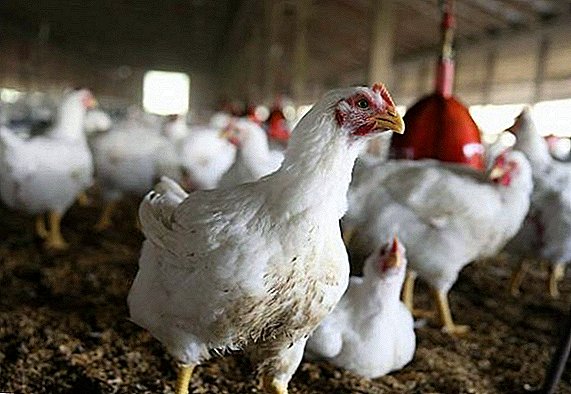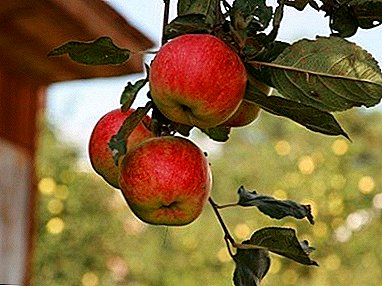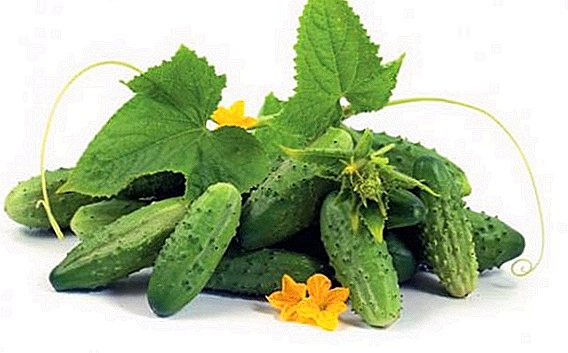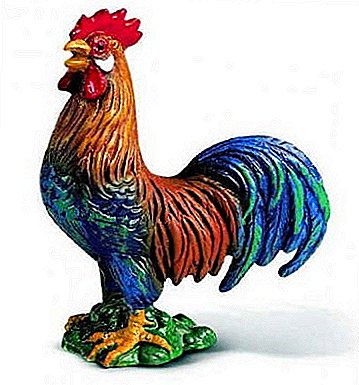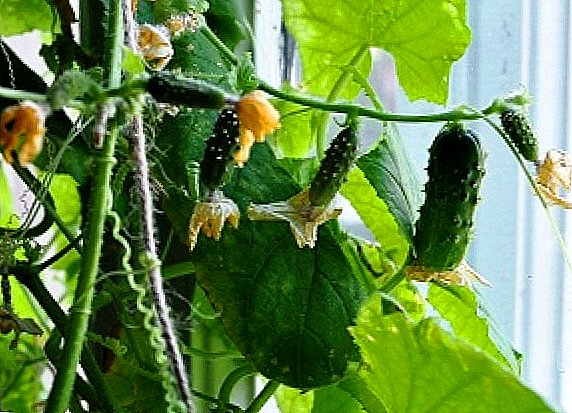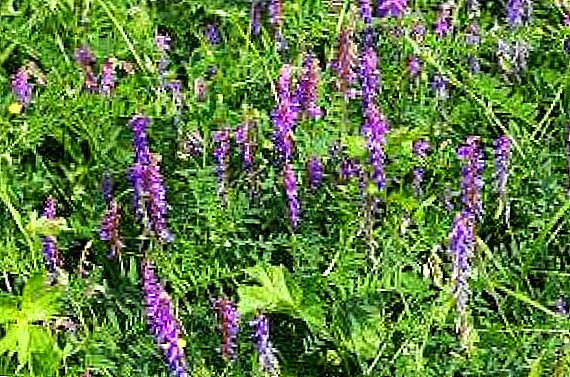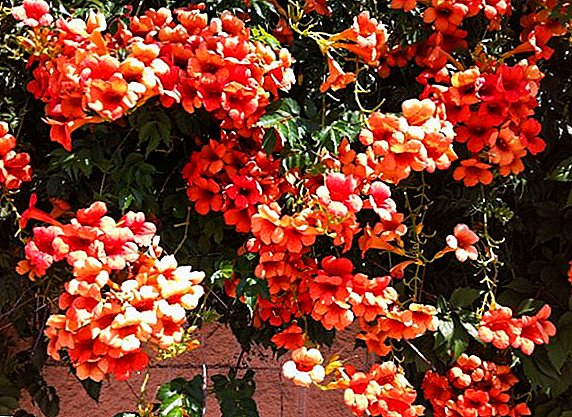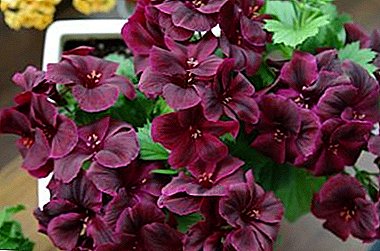
Geranium is quite popular among flower growers due to its unpretentiousness and a huge number of varieties.
A completely amazing plant is black geranium, which was bred in the United States and has now spread to Russian latitudes.
The article will look at how to properly care for the plant.
Botanical description and history
This variety belongs to the type of multipler. This means that the flower grows compactly, does not reach a great height, but it blooms very abundantly. In the first year of life, geranium leaves are distinguished by a bronze tint, and then, as they mature, they become the color of chocolate.
Black geranium was bred by American breeders, for which they received an award in the field of breeding.
Appearance
Only a variety of “Black velvet” has dark chocolate leaves. All other varieties of geraniums are completely different.
Plant height reaches 30 centimeters. Its leaves are dark brown in color, with a green border around the edges. Flowers form small buds of all shades of pink and red.
A photo
Rate the extraordinary beauty of the flower in the photo below.




Where and how to plant?
This type of geranium is recommended to plant from January to April. Planting must begin with the sowing of seeds. Make it better in January and February. The soil for sowing geranium seeds can be purchased at any specialty store. It is also possible to make the soil mixture by yourself, using peat, sod land and river sand.
- For planting seeds, grooves are laid with not great depth, which, after even laying, slightly sprinkle. In no case should excessive moisture in the soil be allowed. Otherwise, the roots of the "newborn" plants may simply rot.
- To maintain optimum conditions for humidity, crops should be covered with a film or glass, and then placed in a bright, but not hot place with a maximum temperature of 24 degrees.
- As soon as the cotyledons have appeared, the glass or film needs to be removed, the crops should be rearranged to a more lighted place, and the temperature should be lowered to 18 degrees. If the seedlings will not be enough light, they quickly stretch out, and then just die.
- The next stage is the appearance of two full leaflets. Then there is a pick in pots with a maximum diameter of 10 cm.
- If your plant is stretched, the problem can be corrected by deepening the landing site by 2 cm.
- After 2 weeks, fertilizing with liquid organic fertilizers begins.
- And after the onset of May, in its second half, the plant is planted on the ground. If the landing zone is not a flowerbed, but a balcony or veranda, then geranium can be planted there in early May.
Important. In order for geranium to survive the winter, with the onset of cold weather, the flower must be covered.
Lighting and location
Black Velvet differs from all other geranium varieties in that prefers exceptionally well lit areas.
It should be borne in mind that direct exposure to sunlight should not continue all daylight hours.
Best of all, if the sun shines brightly the first half of the day, and after the flower will be in the shade.
Soil requirements
 Planted plant to a depth of 2-3 cm more than when planting seeds. In terms of soil, "Black Velvet" is unpretentious. Any kind of land will suit him. However, it is imperative to monitor the watering and dryness of the landing site. In addition, at the end of the season, river sand should be added (coarse) to improve the permeability of the earth.
Planted plant to a depth of 2-3 cm more than when planting seeds. In terms of soil, "Black Velvet" is unpretentious. Any kind of land will suit him. However, it is imperative to monitor the watering and dryness of the landing site. In addition, at the end of the season, river sand should be added (coarse) to improve the permeability of the earth.
The flower is a positive fertilizer, therefore, if there is a desire, you can fertilize the soil, at least once a season.
How to care?
In order for geranium to grow well and bloom profusely, the following conditions are necessary:
- Temperature.
If the seeds were planted in winter, then day-to-day temperature of 10 to 15 degrees is necessary for intensive growth, and nighttime temperatures should be no less than 5 degrees. In the event that the plant was planted in the spring it needs a higher temperature - 20 - 25 degrees above zero.
- Watering.
Watering should be done as the soil dries. Geranium needs high humidity. In an especially hot period, spraying is recommended.
Common diseases and pests
Despite the seeming simplicity and endurance, geranium, including Black Velvet variety undergoes various kinds of diseases. The most common are:
- Rust due to fungal infection. Symptoms are rust stains on the leaves.
- Mushroom Botrytis. Because of it, dead spots in the form of concentric circles may appear on the sheet. If the plant is not processed, then the leaves may begin to fall off, and then rotting follows.
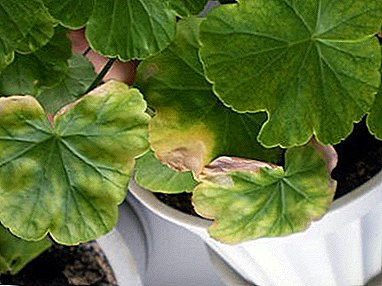 Viral infections. The symptomatology of the disease is very extensive: from a change in the color of the leaves and the stem to a full stop of growth.
Viral infections. The symptomatology of the disease is very extensive: from a change in the color of the leaves and the stem to a full stop of growth.- Edema. In the presence of this disease, chlorine spots occur. If no action is taken, the plant will lose foliage, and then it will completely die.
All diseases can be prevented by proper care: you need to water the geranium in time, monitor the amount of moisture and temperature, and carefully inspect your pet.
To pests that can cause serious damage to the health of the plant include:
- Nematodes. The most serious opponent. It is not possible to get rid of this pest. If Black Velvet is struck by them, then nothing remains but to get rid of the flower and the land in which it was grown.
- Spider mite
- Aphid.
- Whitefly.
Fighting the three latest types of pests is possible with the help of specialized tools, which are represented in a huge assortment of hardware stores.
Breeding features
Black geranium can be propagated in several ways. The most common are:
- Cuttings. To do this, cut off the top of the shoot so that there are still 2-3 healthy leaves. The resulting cuttings are planted in the ground at a depth of 2-3 cm at a temperature of 15 degrees. The first five days you need to keep the seedlings in the dark, then put in a shaded place.
- Reproduction by seeds. After the "Black Velvet" gave the seeds, they must be carefully collected. Next, the seeds are lightly rubbed with sandpaper. This is done in order to accelerate germination. After sowing, cover the planting and place in a dark place.
- Division of the roots. Only adult plants are suitable for this method. The bush is dug out of the ground, then the shoots are cut with a sterile instrument. The capacity in which new plants are planted should be small - no more than 10 centimeters in diameter.
“Black velvet” is an amazingly beautiful and unusual flower that will delight with long and abundant flowering, thanks to the host for attention and care.


 Viral infections. The symptomatology of the disease is very extensive: from a change in the color of the leaves and the stem to a full stop of growth.
Viral infections. The symptomatology of the disease is very extensive: from a change in the color of the leaves and the stem to a full stop of growth.